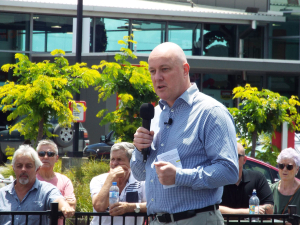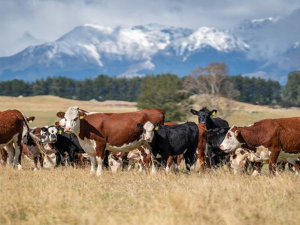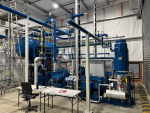What has been announced to AgResearch staff effectively pulls capability into Palmerston North and Lincoln, with a focus on food (joining Fonterra and Massey University’s Riddet Institute) and dairy (supporting Dr Andy West’s vision for Lincoln University), respectively.
The new plan means 280 roles relocating. AgResearch has stated “although this has an impact for the local Hamilton and Dunedin economies, the net overall gain for New Zealand will be far greater, by delivering more quality science as a result of co-location and increased collaboration”.
But the loss of experience and knowledge could be huge. When Wallaceville, in Upper Hutt, and Hurley Pasture Research Centre, in the UK, closed, 90% of people did not relocate. Some retired early, others found jobs in the area or became self-employed. They chose not to move because of partners in work, children in schools or parents in need… and community involvement, lifestyle block investment – all the factors that affect real people.
A person not moving means, sadly, that their research will not continue as their funding will be moved to the new centres. This is the long term blow for New Zealand agriculture.
The regions are already minimally served with research that meets climate, soils and systems requirements. Since the 1980s regional field stations have been closing down, and potential to test cultivars, breeds and systems in the area of use has been decreasing. The latest announcement is the last straw for CRI research in anything but the bottom half of the North Island and the middle of the South Island.
Rejuvenation must come through the levy bodies. These are farmer-funded and farmers can therefore make a statement about what they need. Translation of research done by the CRIs into the regions would be an appropriate use of funds but might require a reconsideration of current levy rates. New levy-funded research could involve employing some of the AgResearch ‘roles’ that aren’t intending to move. And it would keep those people in research – the area in which they have experience and knowledge.
DairyNZ already has systems trials being undertaken near Hamilton; and Poukawa in Hawke’s Bay runs research for Beef+Lamb NZ. These could be the models for other regions. Technology transfer expertise might be provided on-site with open days, seminars and conferences, like the focus farm concept, and the way the Lincoln Dairy Model Farm was established.
Farm management consultants also have a role as they are the professionals who can integrate the research into the bottom line of the individual farm business.
What might be developing is akin to the DSIR Grassland cutting edge research being explored in the regions by MAF district scientists and then explained to farmers by the MAF farm advisors – the system that gave New Zealand leadership in agriculture production. The 21 years since that system was replaced have been fraught with reorganisations, all of which have done considerable damage to engagement and recruitment into science, yet never has the world needed great agricultural science more. It also needs great farmers and, of course, food process engineers. The Fonterra case makes the point.
The role relocation announced by AgResearch is actually about people. Will what is being proposed serve the needs of agricultural productivity in the future? Rural people should have their say, and the levy bodies are a starting point.
• Jacqueline Rowarth is Professor of Agribusiness, The University of Waikato.
















